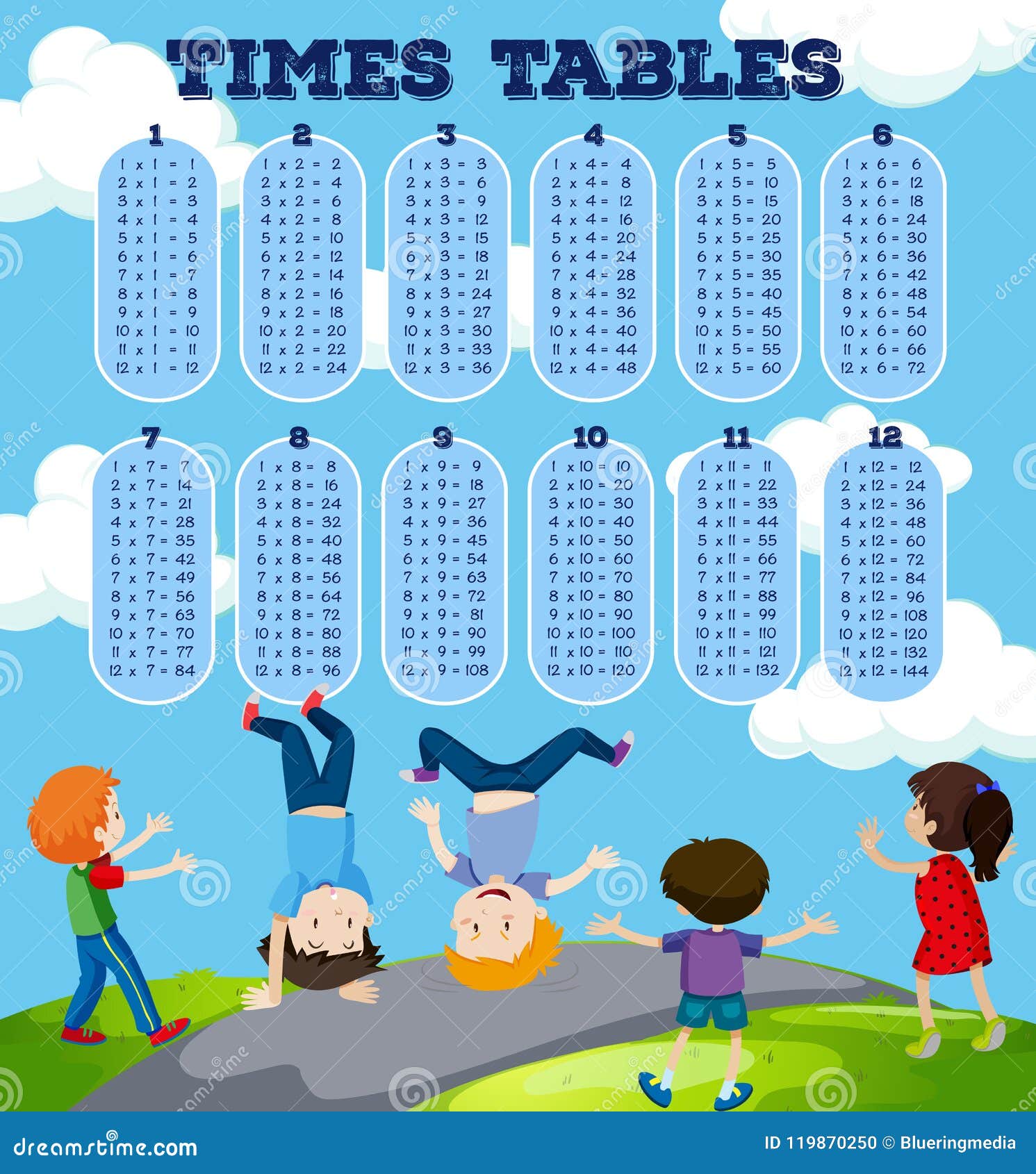
The results showed that while children learned in both classroom types, they learned more when the room was not heavily decorated. Three lessons were taught in a heavily decorated classroom, and three lessons were given in a sparse classroom. “Therefore, I would suggest that instead of removing all decorations, teachers should consider whether some of their visual displays may be distracting to young children.”įor the study, 24 kindergarten students were placed in laboratory classrooms for six introductory science lessons on topics they were unfamiliar with. Furthermore, additional research is needed to know what effect the classroom visual environment has on children’s attention and learning in real classrooms,” Fisher said. “We do not suggest by any means that this is the answer to all educational problems. Should teachers take down their visual displays based on the findings of this study?ĬMU researchers found that children in highly decorated classrooms (bottom image) were more distracted, spent more time off-task and demonstrated smaller learning gains than when the decorations were removed (top image). “Young children spend a lot of time - usually the whole day - in the same classroom, and we have shown that a classroom’s visual environment can affect how much children learn,” said Fisher, lead author and associate professor of psychology in the Dietrich College of Humanities and Social Sciences. They found that children in highly decorated classrooms were more distracted, spent more time off-task and demonstrated smaller learning gains than when the decorations were removed. Godwin and Howard Seltman of Carnegie Mellon University looked at whether classroom displays affected children’s ability to maintain focus during instruction and to learn the lesson content.

However, too much of a good thing may end up disrupting attention and learning in young children, according to research published in Psychological Science, a journal of the Association for Psychological Science.

Maps, number lines, shapes, artwork and other materials tend to cover elementary classroom walls.


 0 kommentar(er)
0 kommentar(er)
